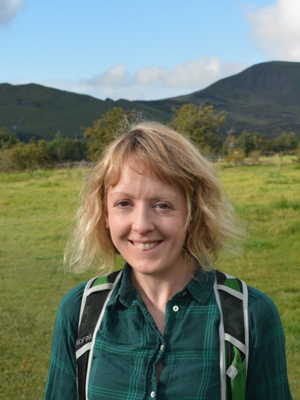Britain may not be in the Ring of Fire, but things were quite different around 60 million years ago. Today, remnants of huge volcanoes dot the landscape. You may be surprised to find that you've already hiked up some of them.
Read on to discover seven of Britain's most incredible extinct volcanoes, from Yr Wyddfa (Snowdon) and Ben Nevis to the Isle of Skye's Black Cuillin.
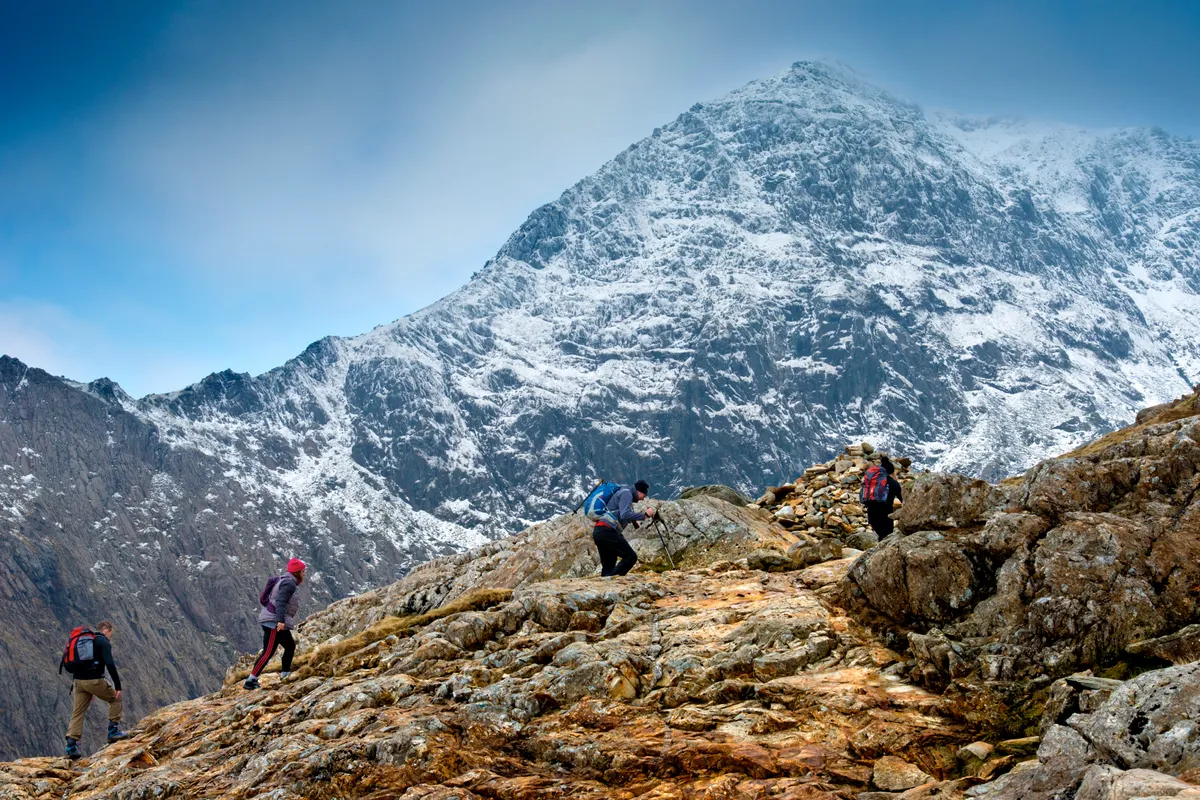
What is a volcano?
A volcano is created when there is a rupture in the surface of the planet, which causes volcanic ash, hot lava and natural gases to escape from the opening in the magma chamber and through the Earth's crust. This crust is made up of rigid tectonic plates that lay on top of a hotter, softer layer in the mantle.
Many of the UK's mountainous areas, such as the Lake District, were formed through volcanic activity more than 300 million years ago. When magma reaches the surface of the Earth it is called lava – when lava cools it forms rock.
- British mountain guide: facts, definitions and the best peaks to climb
- 16 easy mountains to climb for beginners – chosen by experts
7 extinct volcanoes in Britain
Black Cuillin Mountain, Isle of Skye, Scotland
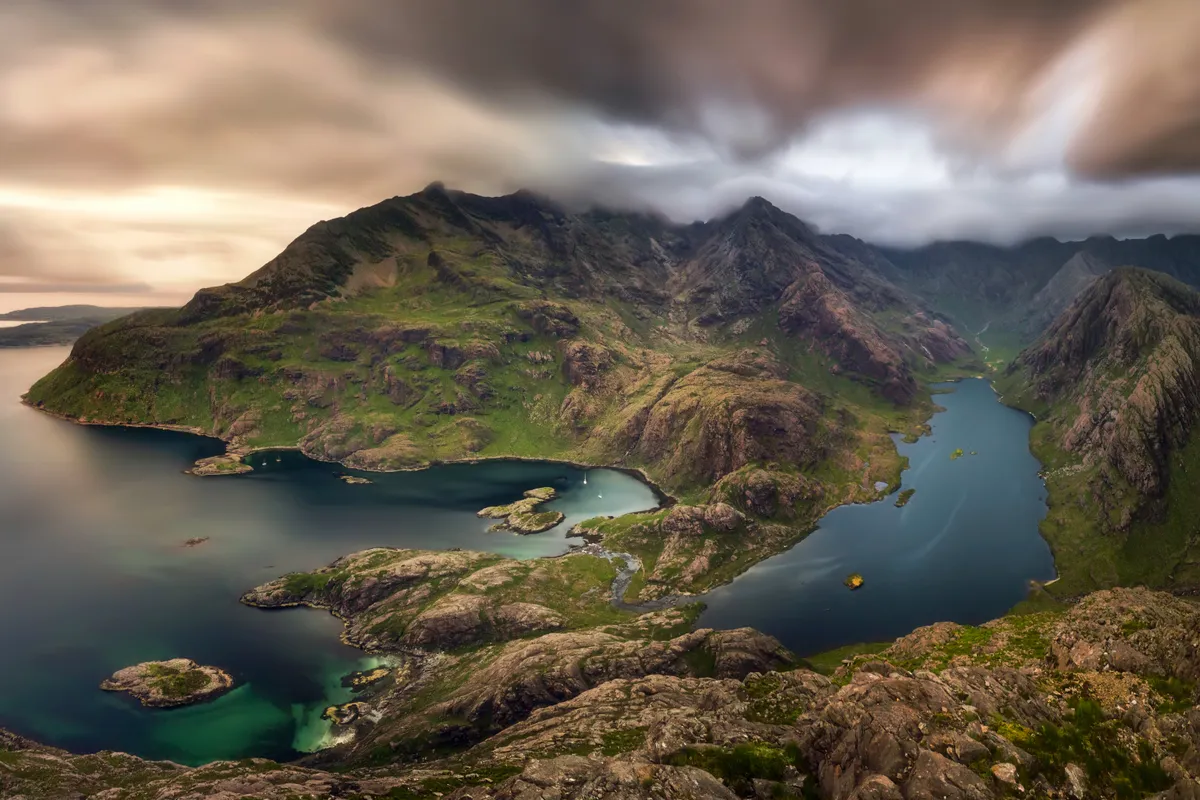
The Cuillin Hills on the Isle of Skye in Scotland are considered by many to be the most dramatic mountains in the UK. If they look fearsome now, imagine what they must have been like at the height of their lava-spewing life in the early Paleogene era, around 65 million years ago. The Black Cuillin Mountain itself is a particularly awe-inducing sight, making it the most impressive former volcano on these islands.
Yr Wyddfa (Snowdon), Wales
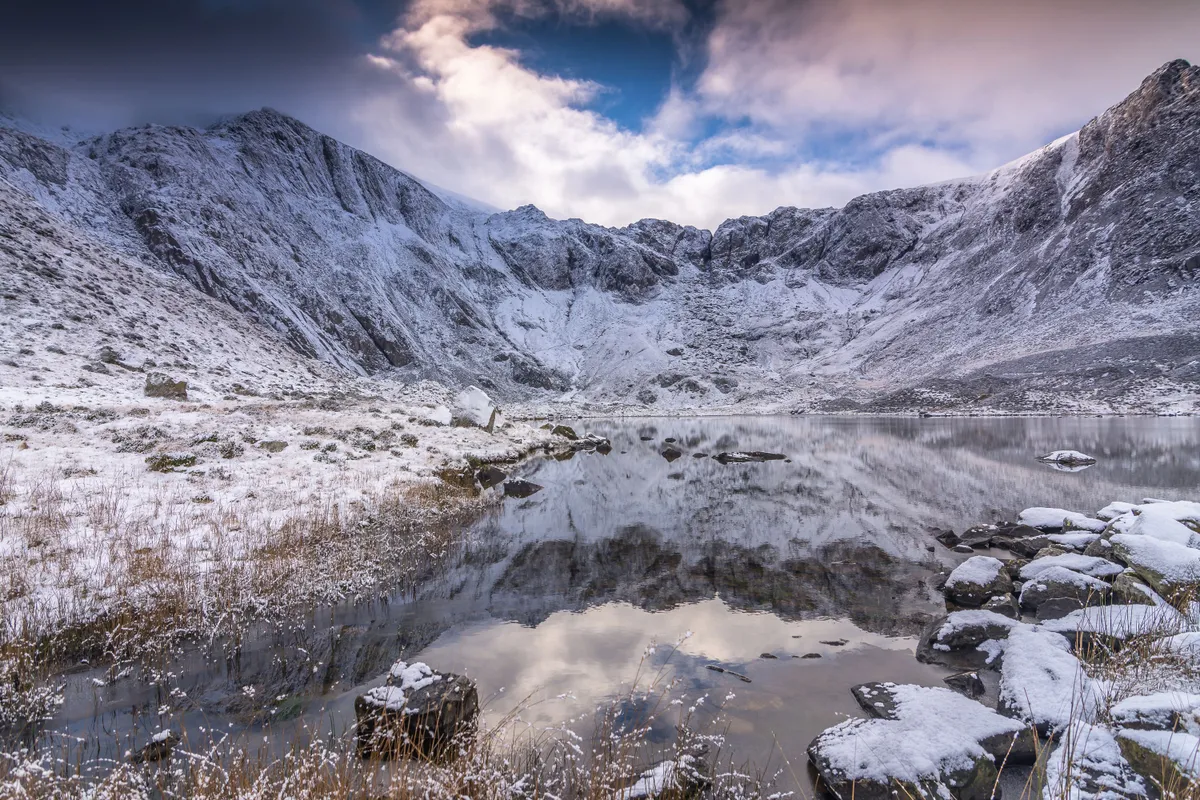
Yr Wyddfa in Wales was once at the centre of a furious ring of volcanic activity. One such eruption in the region is believed to have been about three times as explosive as the 1883 Krakatoa eruption in Indonesia. That eruption was heard 3,000 miles away and altered global climates and weather for years afterwards. So, perhaps before it happened Wales was bathed in sunshine all year round...
Ben Nevis, Scotland
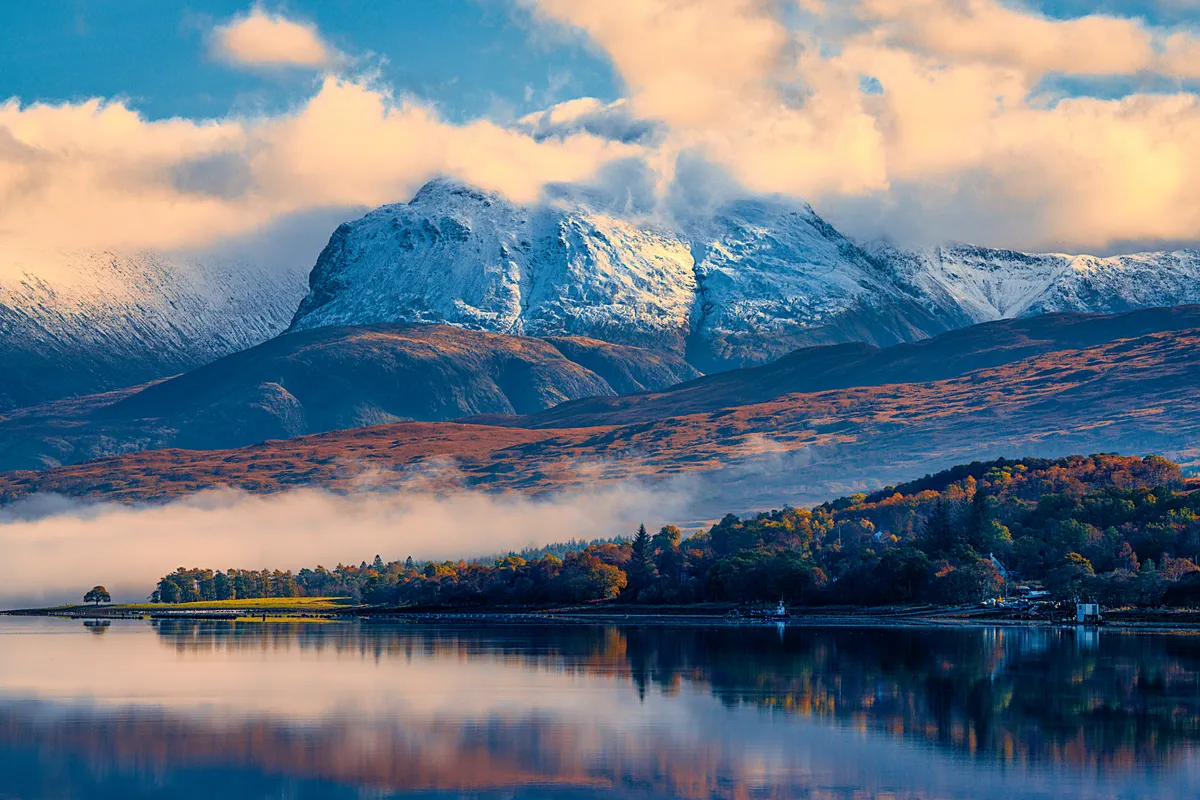
Scotland's highest mountain was also once a large and active volcano. During one extreme eruption in the Carboniferous period it caved in and destroyed itself. All that remained was the collapsed inner dome of the volcano, which we know now as Ben Nevis. Scientists believe the explosion would have been in the same league as Yr Wyddfa's eruption.
Borrowdale Hills, Lake District, England
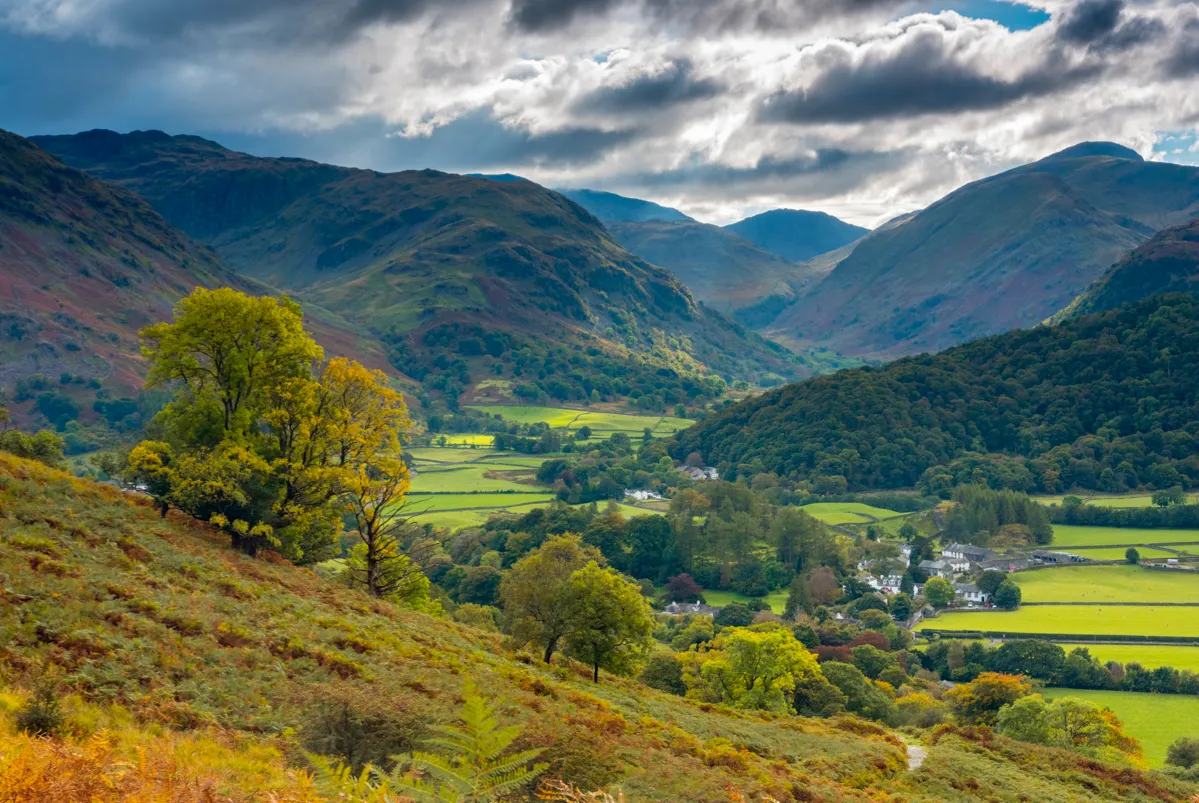
The Borrowdale Hills in the Lake District are a similar age to those in Snowdonia (roughly 450 million years old) and were once just as explosive. Another British super-volcano, the hills are no longer active.
Ardnamurchan Peninsula, Scotland
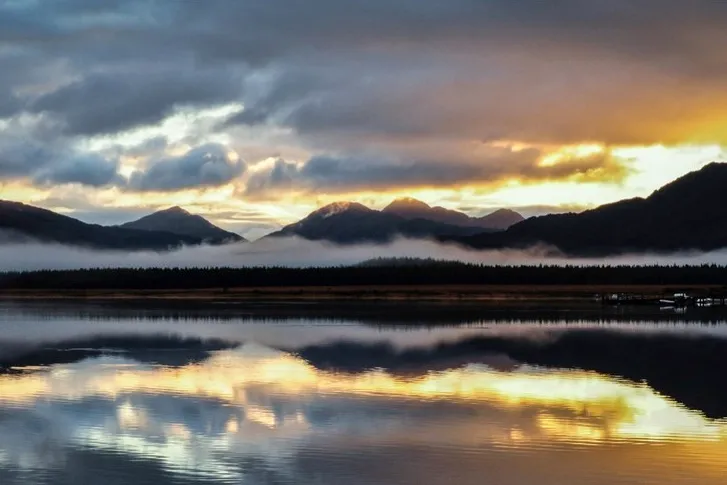
The Ardnamurchan Peninsula and the Isle of Mull on the west coast of Scotland are remnants of volcanic activity that ended around 55 million years ago, but which would have rivalled Iceland's eruptions in their heyday. It may not be immediately obvious on the ground, but concentric rings of the points where lava spluttered up to the surface can be seen from the air.
Arthur's Seat, Scotland
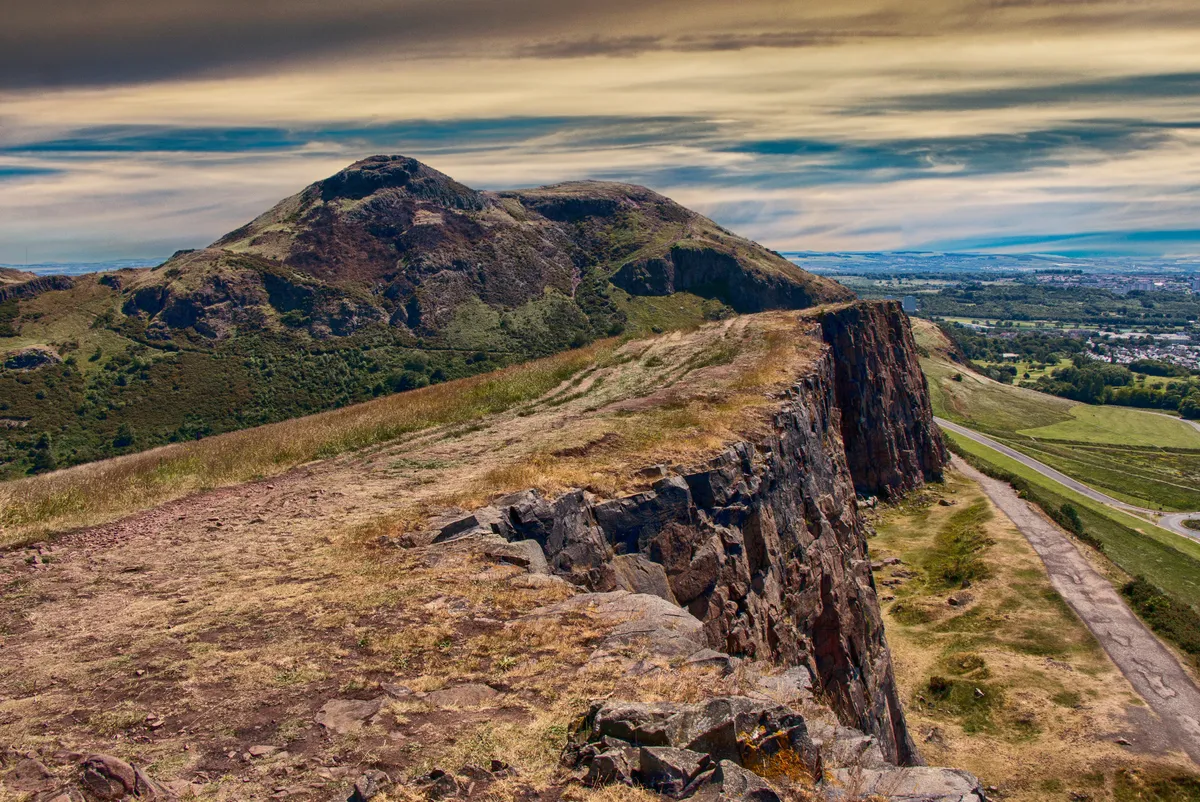
The enchanting Scottish capital is home to not one, but two extinct volcanoes. The inventively named Castle Rock, on top of which is perched Edinburgh Castle, is one of them. Arthur’s Seat, the highest point in the city, is the other. Both have been inactive for about 350 million years.
Glen Coe, Scotland
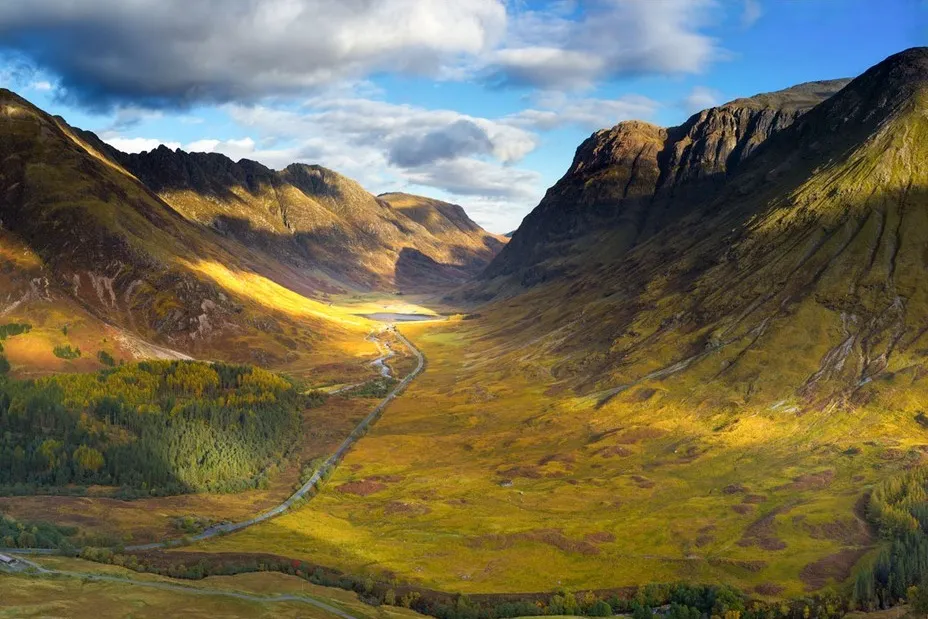
Glen Coe is all that is left of an ancient super-volcano, which last erupted about 420 million years ago. It's considered a classic example of cauldron subsidence. This awe-inspiring part of the Scottish countryside contains the spectacular pyramidal Buachaille Etive Mòr mountain and a steady stream of keen hikers.
More about the UK countryside

